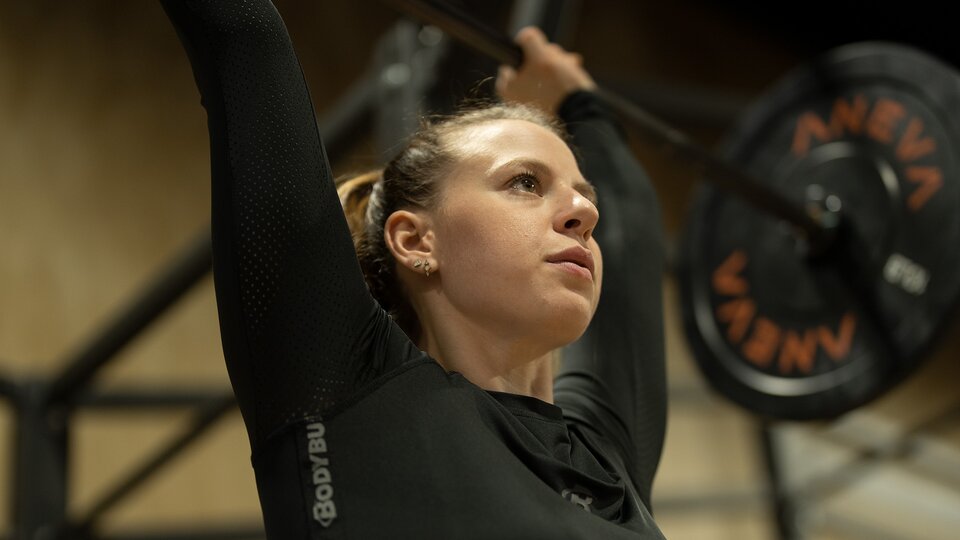Products You May Like
Explosive, technical, and exciting; Olympic weightlifting movements look sexy and fun. The question is then, what are the benefits of using these movements in your own training? Let’s dig in.
A Brief History
Olympic weightlifting as we know it made its entrance into the Olympic Games in 1920. Prior to that, there were several versions of strength events in culture and in competition, but none quite like the double-overhand barbell movements of the snatch, clean and jerk, and clean and press. These movements have since made their way from the Olympic platform stage into modern fitness, sport, and training culture (though the clean and press event was abandoned competitively in the 1970s).
A Breakdown
The snatch and clean exercises, whose objectives are to move the barbell from the floor to either overhead or into the front rack position, are highly technical movements consisting of several different “phases” when broken down biomechanically. These phases signify changes in joint angles and intent, a carefully choreographed synchronization of flexion, extension, and timing. In competition, the movement sequences are scrutinized by judges to ensure proper technique was maintained in order to perform a successful lift, not dissimilar to powerlifting.
Weightlifting in Training
The snatch, clean, jerk, and their variations have been popularized as training tools for non-weightlifting sports as part of strength and conditioning culture. They can be highly beneficial for training muscular power and coordination, but the benefits are often limited by the technicality. For example, in order to move relatively heavy weight efficiently, it requires a fairly high level of technical proficiency.
Everyday Application
Though your training goals may not align with the weightlifting movements’ intent when designed, one cannot underestimate the value of learning a new skill and keeping things fresh and interesting. Several fitness brands have made the snatch, clean, and jerk staples within their training programs and have helped them become more mainstream than ever.
If possible, working with a coach is one of the best ways to learn these lifts. Having another set of eyes to watch and provide feedback can be highly beneficial. Otherwise, here are a few tips as you get started:
-
Fail First. Many people may be hesitant to try out weightlifting. In reality, the technical nature of these lifts effectively regulate your success at completing them according to your strength level. The most important thing that must be learned early on is not the lifts themselves – it’s how to fail at them and dump the bar. Regardless of the weight, you will fail at catching a snatch, clean, or jerk repeatedly. Inevitably, this will happen early in your weightlifting endeavors. In the interest of safety, it is important to learn how to fail these lifts.
-
Take Your Time. Few things feel better than the first time you catch and stand a snatch after working on it for a while. Chances are, you won’t care how much weight is on the bar. Train responsibly, and take your time building up in load.
-
Return on Investment. You may be considering weightlifting movements when training for a particular sport. Depending on where you are in your playing career, you may benefit more from using other power movements over weightlifting. As mentioned above, power development solely due to these lifts is limited by technical proficiency. Evaluate if it is worth building these lifts from the bottom up or if other movements will help create adaptations sooner for when you need them.
Whether you’re looking to mix up your normal routine, or if you’re training for sport, weightlifting movements can be a valuable addition to your training program. Next Olympic cycle, check out these strength and power athletes in action! Until then, train responsibly, and channel your inner movement technician!
Works Cited
-
“History of Olympic Weightlifting: Eleiko.” Https://Eleiko.com, https://eleiko.com/en-es/stories/history-of-olympic-weightlifting.
-
“Weightlifting.” Encyclopædia Britannica, Encyclopædia Britannica, Inc., https://www.britannica.com/sports/weightlifting.
